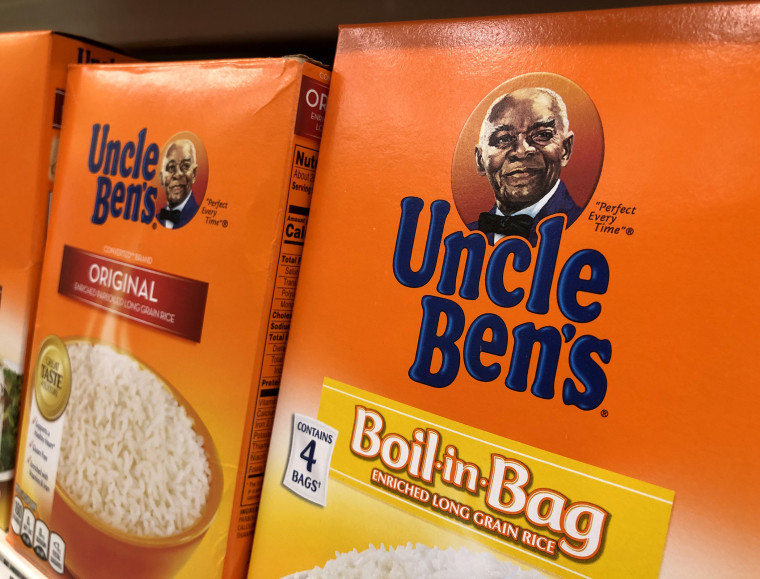WIMP OUT
MATTHEW LEE, Associated Press•June 16, 2020


Philippines Convicted Journalists
Rappler CEO and Executive Editor Maria Ressa, left, talks with former Rappler reporter Reynaldo Santos Jr., right, during a press conference in Manila, Philippines on Monday June 15, 2020. Ressa, an award-winning journalist critical of the Philippine president, her online news site Rappler Inc. and Santos were convicted of libel and sentenced to jail Monday in a decision called a major blow to press freedom in an Asian bastion of democracy. (AP Photo/Aaron Favila)
WASHINGTON (AP) — The Trump administration has offered a muted and belated expression of “concern” over the convictions of two Philippine journalists on criminal libel charges.
A one-sentence State Department statement titled “On Press Freedom in the Philippines” and released on Tuesday nearly 48 hours after a Manila court pronounced the convictions may raise new questions about the U.S. commitment to supporting press freedom abroad.
In the statement, State Department spokeswoman Morgan Ortagus called for the Philippines to resolve the case but pointedly did not take issue with the legal process or the guilty verdicts rendered against award-winning journalist Maria Ressa and her former colleague Reynaldo Santos Jr. of the Rappler online news site.
“The United States is concerned by the trial court’s verdict against journalists Maria Ressa and Reynaldo Santos and calls for resolution of the case in a way that reinforces the U.S. and Philippines’ long shared commitment to freedom of expression, including for members of the press,” she said.
Ressa and Santos were convicted Monday of libeling a wealthy businessman in a decision that human rights activists called a major blow to press freedom in an Asian bastion of democracy. The verdict was announced Sunday night Washington time and repeated requests for U.S. comment about the case beginning on Monday morning in Washington went unanswered.
Ressa, the site's founder and former CNN reporter who was one of Time magazine’s Persons of the Year in 2018, and Santos were convicted for a May 29, 2012, Rappler story that cited an intelligence report linking businessman Wilfredo Keng to a murder, drug dealing, human trafficking and smuggling. The site’s lawyers disputed any malice and said the time limit for filing the libel complaint had passed.
Rappler’s lawyers said the story was based on an unspecified intelligence report and that Philippine penal law requires a libel complaint to be filed within one year. Keng filed his lawsuit in 2017, five years after the story was published.
The cybercrime law, which the Rappler journalists allegedly violated, was enacted in September 2012, or four months after the story written by Santos was published. Rappler’s lawyers said Philippine penal laws cannot be retroactively applied.
Ressa was sentenced to up to six years in prison, but her lawyer, Theodore Te, said the jail terms and other penalties imposed could not be enforced unless all appeals were rejected. She posted bail for the case last year and will study possible appeals in the next 15 days, Te said.
Human rights and press freedom advocates have condemned the convictions, which they say are symptomatic of an erosion in journalists' ability to independently report news in the Philippines specifically and around the world more generally. Reporters Without Borders, the Committee to Protect Journalists and Freedom House were among those to denounce the ruling,
Philippines President Rodrigo Duterte, whom President Donald Trump has said he admires, and other Philippine officials have said the criminal complaints against Ressa and Rappler were not a press freedom issue but a part of normal judicial procedures arising from their alleged violations of the law.
Like Trump, Duterte has openly lambasted journalists and news sites who report critically about him, including the Philippine Daily Inquirer, a leading daily, and ABS-CBN, the country’s largest TV network, which was shut down by the government’s telecommunications regulator last month.
MATTHEW LEE, Associated Press•June 16, 2020


Philippines Convicted Journalists
Rappler CEO and Executive Editor Maria Ressa, left, talks with former Rappler reporter Reynaldo Santos Jr., right, during a press conference in Manila, Philippines on Monday June 15, 2020. Ressa, an award-winning journalist critical of the Philippine president, her online news site Rappler Inc. and Santos were convicted of libel and sentenced to jail Monday in a decision called a major blow to press freedom in an Asian bastion of democracy. (AP Photo/Aaron Favila)
WASHINGTON (AP) — The Trump administration has offered a muted and belated expression of “concern” over the convictions of two Philippine journalists on criminal libel charges.
A one-sentence State Department statement titled “On Press Freedom in the Philippines” and released on Tuesday nearly 48 hours after a Manila court pronounced the convictions may raise new questions about the U.S. commitment to supporting press freedom abroad.
In the statement, State Department spokeswoman Morgan Ortagus called for the Philippines to resolve the case but pointedly did not take issue with the legal process or the guilty verdicts rendered against award-winning journalist Maria Ressa and her former colleague Reynaldo Santos Jr. of the Rappler online news site.
“The United States is concerned by the trial court’s verdict against journalists Maria Ressa and Reynaldo Santos and calls for resolution of the case in a way that reinforces the U.S. and Philippines’ long shared commitment to freedom of expression, including for members of the press,” she said.
Ressa and Santos were convicted Monday of libeling a wealthy businessman in a decision that human rights activists called a major blow to press freedom in an Asian bastion of democracy. The verdict was announced Sunday night Washington time and repeated requests for U.S. comment about the case beginning on Monday morning in Washington went unanswered.
Ressa, the site's founder and former CNN reporter who was one of Time magazine’s Persons of the Year in 2018, and Santos were convicted for a May 29, 2012, Rappler story that cited an intelligence report linking businessman Wilfredo Keng to a murder, drug dealing, human trafficking and smuggling. The site’s lawyers disputed any malice and said the time limit for filing the libel complaint had passed.
Rappler’s lawyers said the story was based on an unspecified intelligence report and that Philippine penal law requires a libel complaint to be filed within one year. Keng filed his lawsuit in 2017, five years after the story was published.
The cybercrime law, which the Rappler journalists allegedly violated, was enacted in September 2012, or four months after the story written by Santos was published. Rappler’s lawyers said Philippine penal laws cannot be retroactively applied.
Ressa was sentenced to up to six years in prison, but her lawyer, Theodore Te, said the jail terms and other penalties imposed could not be enforced unless all appeals were rejected. She posted bail for the case last year and will study possible appeals in the next 15 days, Te said.
Human rights and press freedom advocates have condemned the convictions, which they say are symptomatic of an erosion in journalists' ability to independently report news in the Philippines specifically and around the world more generally. Reporters Without Borders, the Committee to Protect Journalists and Freedom House were among those to denounce the ruling,
Philippines President Rodrigo Duterte, whom President Donald Trump has said he admires, and other Philippine officials have said the criminal complaints against Ressa and Rappler were not a press freedom issue but a part of normal judicial procedures arising from their alleged violations of the law.
Like Trump, Duterte has openly lambasted journalists and news sites who report critically about him, including the Philippine Daily Inquirer, a leading daily, and ABS-CBN, the country’s largest TV network, which was shut down by the government’s telecommunications regulator last month.



















